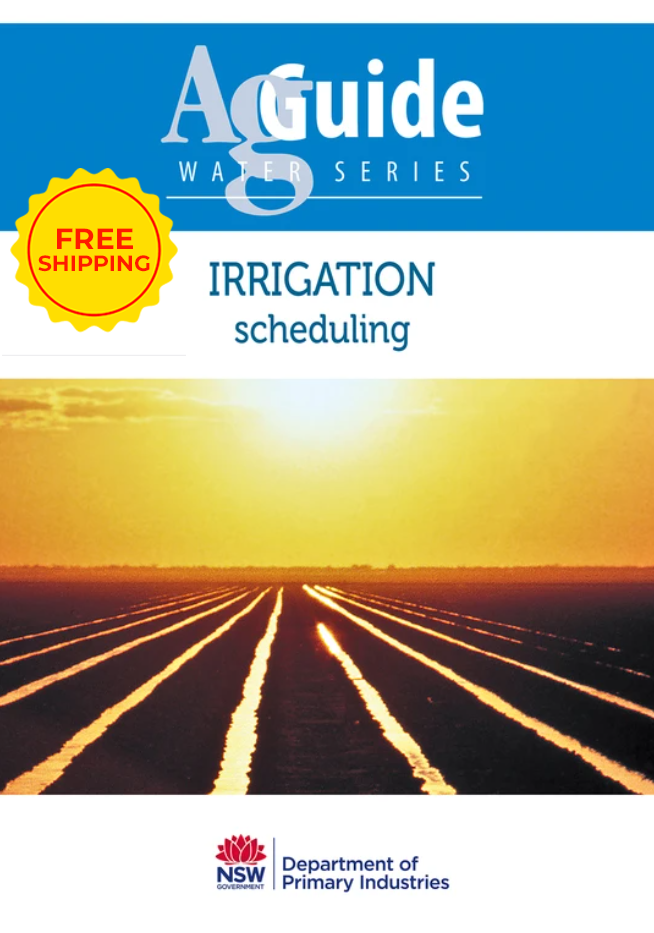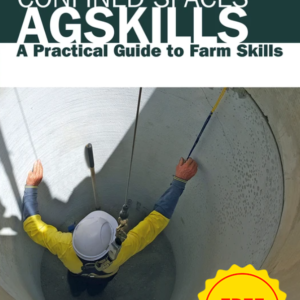Books, Free Shipping
Irrigation: scheduling – AgGuide water series
$33.95
NOT available in-store, online orders only
Scheduling irrigation is about planning when and how much water to apply to a crop to achieve crop production or a particular quality. The principles of scheduling water apply to all crops, however the critical timing, methods and techniques can vary with the crop.
Contents
Chapter 1: Introduction
Chapter 2: Safety
- Importance
- Hazards associated with irrigation systems
Chapter 3: Environmental impacts of irrigation
- Importance
- Sustainable use of irrigation water
- Management
Chapter 4: The need for water varies
- Evapotranspiration
- Water stress and water logging
- Crop response to stress
Chapter 5: Factors affecting evapotranspiration
- Weather
- Crop
- Other factors
- Calculating crop evapotranspiration
Chapter 6: Scheduling irrigations
- Weather-based scheduling
- Plant-based scheduling
- Soil-based scheduling
Chapter 7: How soil holds water
- Soil moisture tension
- Field capacity
- Saturation point
- Refill point
- Permanent wilting point
- Plant available water capacity (PAWC)
Chapter 8: Data from soil moisture probes
- Non-continuous data
- Continuous data
- Data display
- Record keeping
Chapter 9: Do you need a calibrated probe?
- When calibration is not needed
- When calibration is needed
Chapter 10: Implementing a deficit strategy
- Introduction
- Types of deficit strategy
Chapter 11: Placement of soil probes
- Introduction
- Use of Electro-Magnetic (EM) induction soil surveys
Chapter 12: Irrigation water quality
- Salinity
- Water pH
- Sodicity
- Chloride
- Calcium carbonate
- Soluble iron
- Turbidity
- Nutrients
- Pesticides
- Testing water quality
- Minimise the effects of irrigating with poor-quality water






